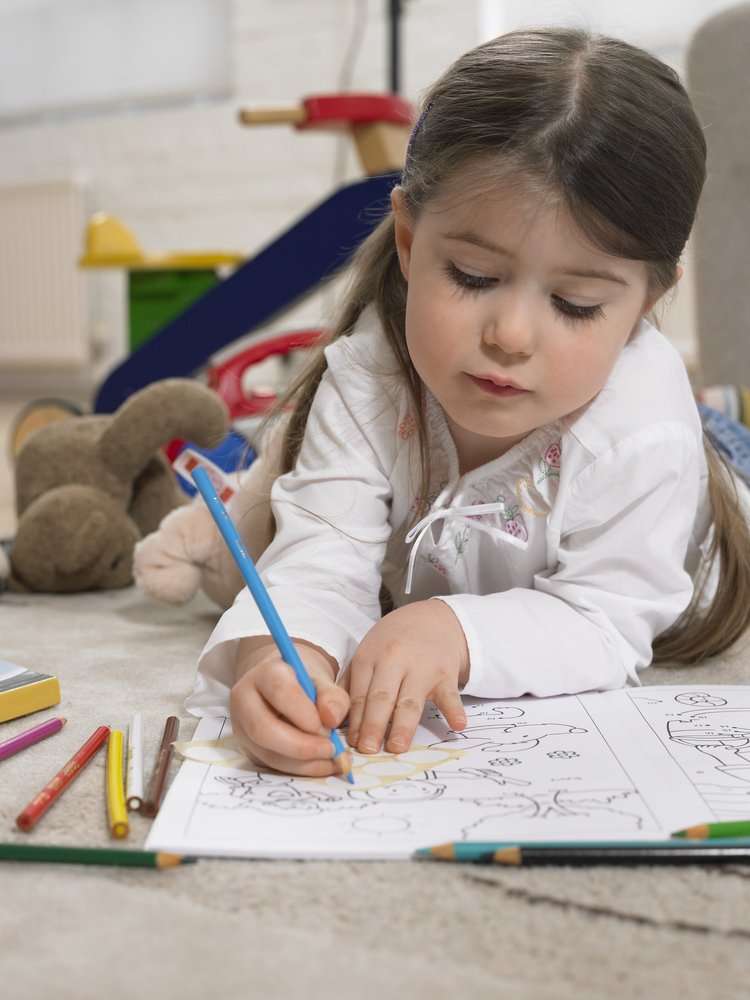Key points:
- Coloring fosters creativity and visual perception.
- Enhances hand-to-eye coordination.
- Expands vocabulary by exposing kids to descriptive words.
- Develops color recognition, fine motor skills, and self-expression.
According to the American Academy of Pediatrics and the CDC, between the age of 36 and 48 months, most children can use play-dough to make balls, strings, and other simple figures; copy shapes like circles, lines, and squares; cut across a piece of paper using children’s scissor; put on and off some items of clothing; open jars; open and close large zippers or buttons. These activities involve coordinating many different systems and muscles, and require mastering precise movements using hands and fingers. A great way to encourage the development of your little one’s fine and gross motor skills is mixing play time with a challenge, something most children are naturally inclined to.
Coloring the pictures in coloring-books or just drawing freely is an excellent activity to help your child engage with their physical skills, cognition, and creativity. Here are some of the ways in which coloring can help their development:
- It stimulates creativity and appreciation of visual similitudes and differences.
- It cultivates your kid’s hand-to-eye coordination.
- It helps children broaden their vocabulary, as it exposes them (with your help) to the words used to describe lines, colors, shapes, patterns, perspective, etc.
- It benefits your child’s color recognition and awareness. They are more likely to discern subtle differences in hues if they get to experience them first hand.
- It sets a good base for them to work on their finger dexterity, hand coordination, and arm strength.
- It provides children with small but challenging tasks, that when completed foster their confidence.
- It’s a great vehicle for self-exploration and self-expression when words aren’t sufficient.
- Coloring inside the lines of a picture helps your kid get a sense of structure, and of the need for and benefits of having boundaries.
- It requires them to exercise attention to detail and planning, and thus helps develop their executive functions.








